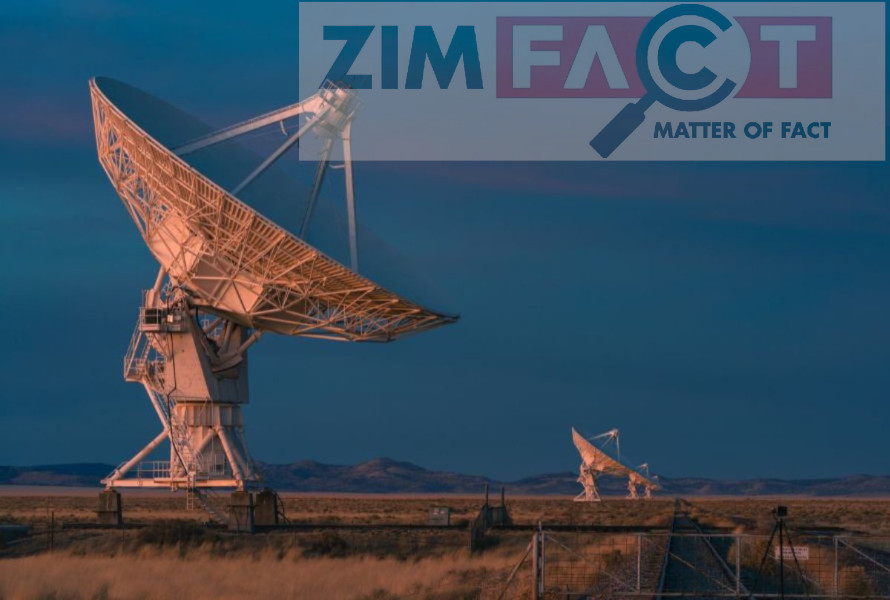Zimbabwe successfully launched its second earth observation satellite ZIMSAT-2 into orbit from Russia’s Vostochny Cosmodrome in Amur Oblast on 5 November 2024.
The government says the launch is a “significant milestone” in Zimbabwe’s efforts towards the use of space technology for national developmment. Here are some facts about the satellite.
How many satellites have been launched by African countries?
So far, only a few of Africa’s 54 countries have such programmes recorded in a combined 61 satellite launches. These include Djibouti, Egypt, Ethiopia, Kenya, Nigeria, Rwanda, South Africa, Sudan, Senegal and Zimbabwe.
What is ZIMSAT-2?
ZIMSAT-2 is a CubeSat which is a highly standardised satellite designed to be simple, modular, and compatible with various launch vehicles and deployment systems. CubeSats are often launched in groups or constellations to achieve greater coverage or functionality.
For how long will ZIMSAT-2 stay in orbit?
Typically, the lifespan of a CubeSat is expected to be between 2-5 years, this can vary depending on several factors, including altitude, atmospheric drag, and mission objectives.
How does ZIMSAT-2 capture information?
ZIMSAT-2 has a multispectral camera with an 8-metre spatial resolution designed to capture high-resolution imagery.
What data will be gathered from the satellite monitoring?
- Multispectral Imaging for Agriculture and Resource Management
– Monitor crop health
– Forecast yields
– Identify areas of plant nutrient deficiency
– Monitor changing environmental conditions - Identifying mineral resources
– The satelite’s imaging capacity allows for identifying mineral resources, a significant focus in Zimbabwe’s extractive industries.
– Identifying potential mining sites - Mapping for Urban Planning and Infrastructure Development
– Satellite based mapping of urban areas by generating detailed urban maps, distinguishing structures, roads, vegetation, water bodies, and other critical infrastructure.
What are the benefits of having ZIMSAT-2 in Orbit?
- To optimise resource use to increase crop yields.
- To detect plant nutrient deficiencies and areas affected by stress
- To aid in early interventions to preserve crop health.
- To enhance Zimbabwe’s food security and sustainable agriculture efforts by enabling precision farming techniques.
- To support resource exploration and management
- To enable the making of informed decisions on infrastructure development and resource allocation in Zimbabwe’s rapidly expanding urban areas.
How will data be retrieved from ZIMSAT-2?
The Zimbabwe National Geospatial and Space Agency (ZINGSA) will facilitate effective control and data retrieval for ZIMSAT-2 by; enhancing the tracking and management of the satellite, enabling efficient data handling and maximising the utility of the satellite’s collected information.
The agency plans to upgrade the Mazowe Ground Station to include:
- Capacity to receive signals across multiple frequency bands.
- Improving satellite telemetry (means of retrieving data from the satellite), command operations and data acquisition.
Sources
Zimbabwe National Geospatial and Space Agency (ZINGSA)
Space in Africa
Nanosats
Related Content
Do you want to use our content? Click Here












